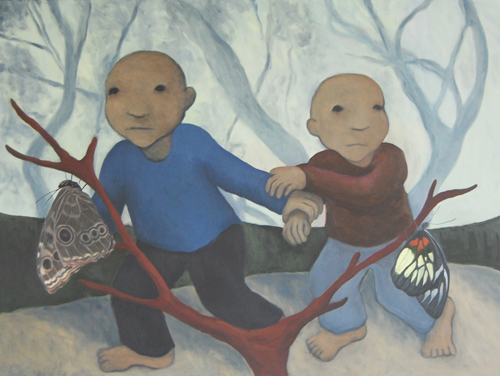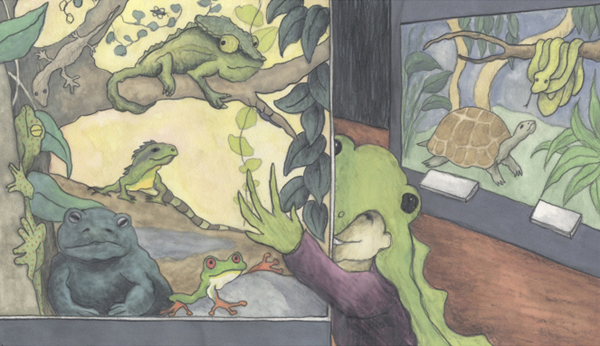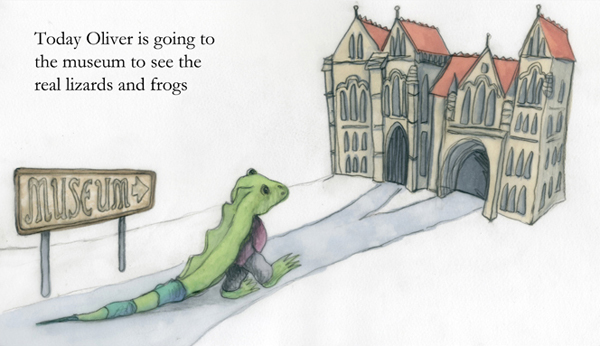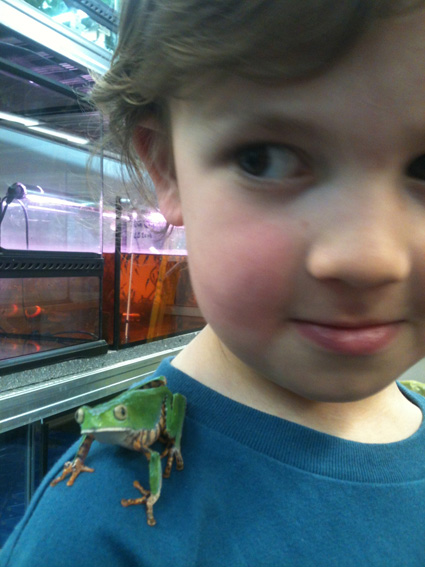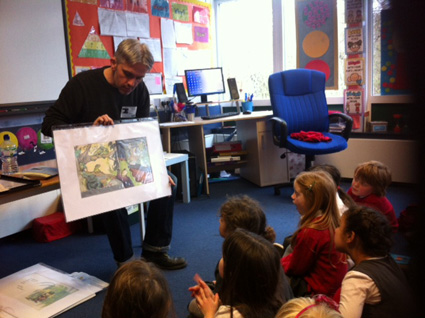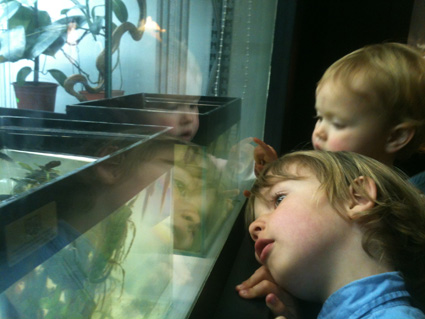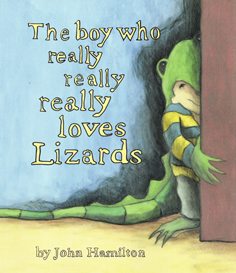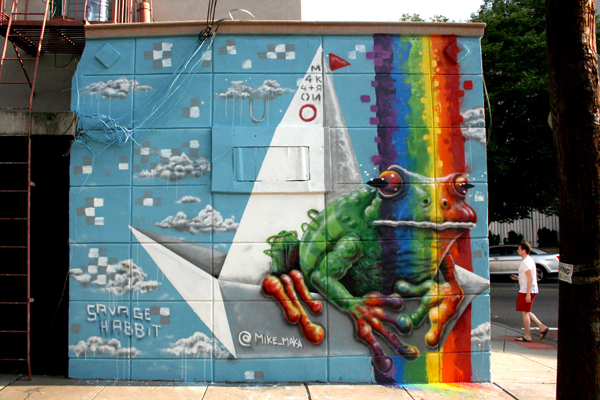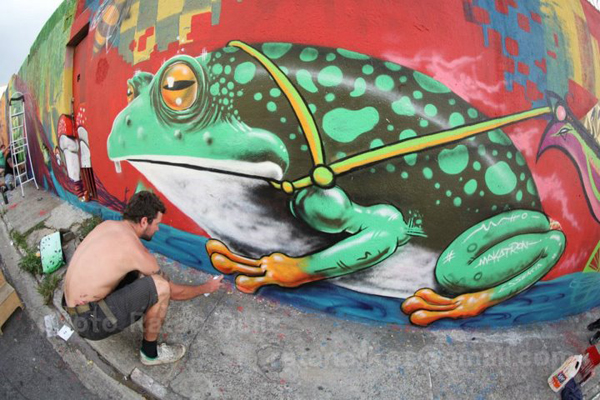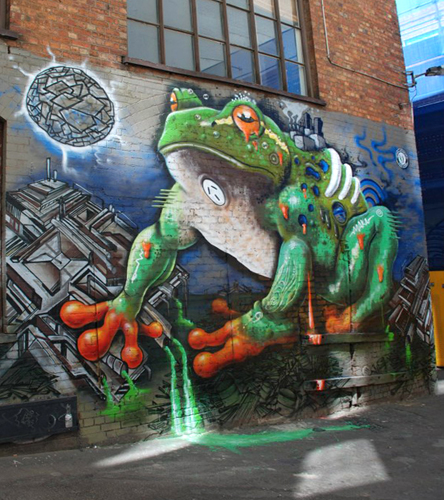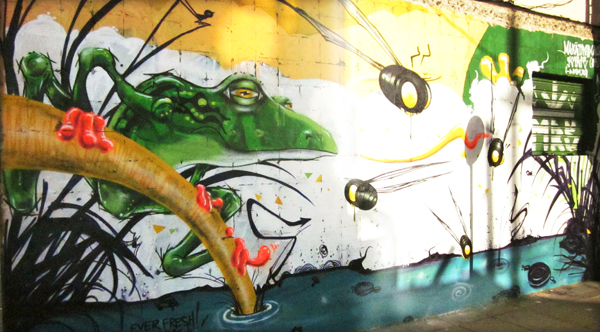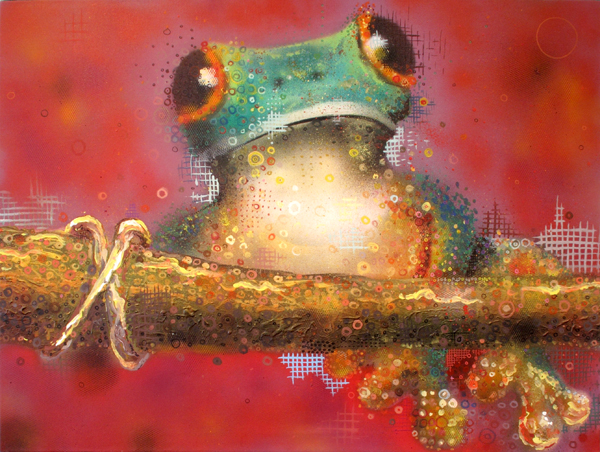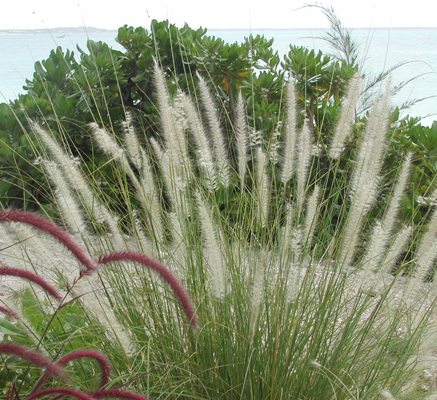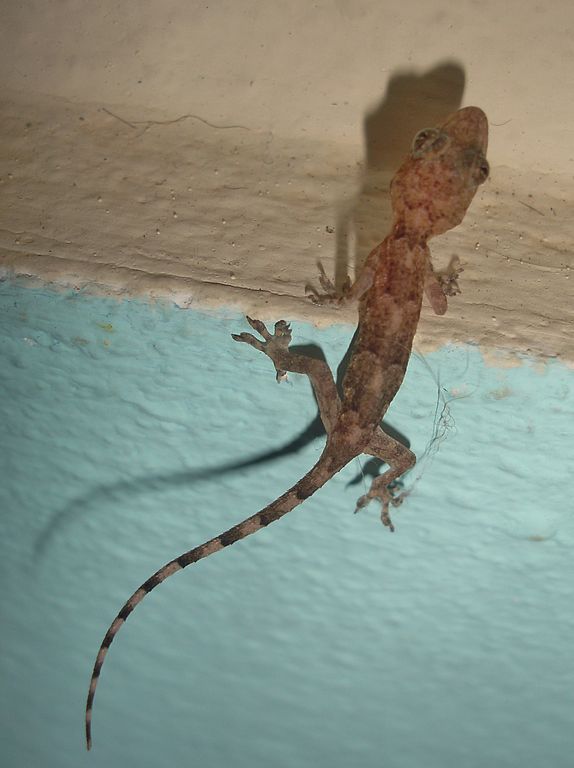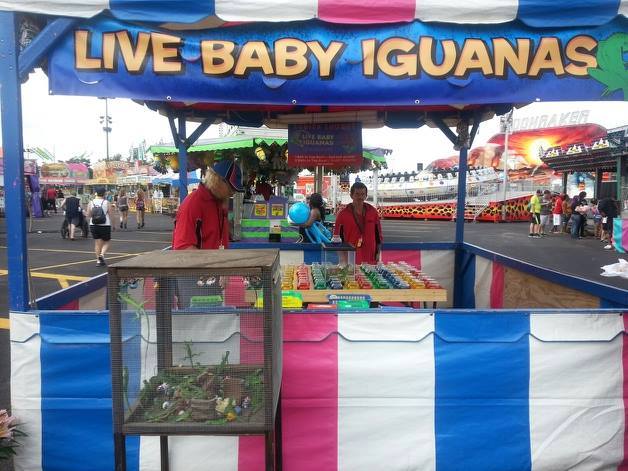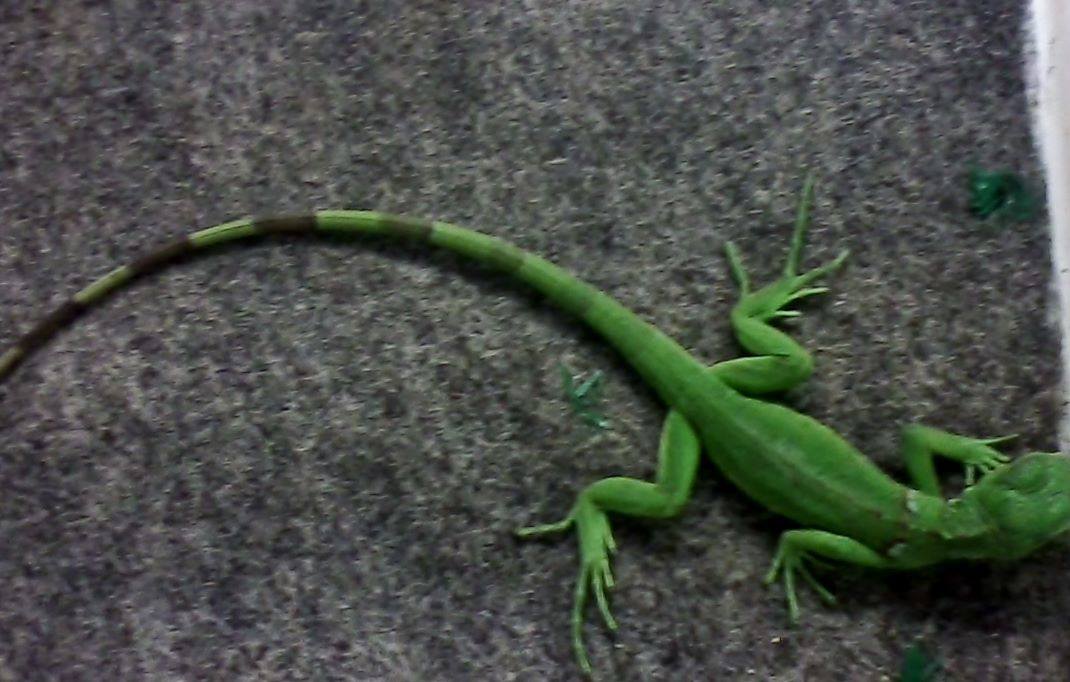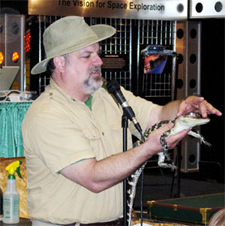Eco-Interview: John Hamilton, Children’s Book Illustrator and Conservationist
When did this all begin? Please tell us a bit about your work.
I am an artist and illustrator based in Manchester UK. My artwork has always been narrative /story-based, using oil on canvas, printmaking, and large-scale collage. My work includes characters acting out various scenarios and role play, as if from a film or stage play. I often include animals or people dressed as animals. I recently had a children’s picture book published called “The Boy Who Really Really Really loves Lizards” aimed at 3-7 year olds.
What is your educational background and what led to this creative path?
My background is in Fine Art. I did my degree back in 1990 and have been a practicing artist since then. A couple of years ago I did a Masters degree in Children’s Book Illustration. For the final project I wrote the story about my son Oliver who was obsessed by visits to the Manchester Museum, From the age of two he has loved the museum and would spend hours there.
What are some challenges you have faced and how did you deal with them?
When I was doing research at the museum for the book, I became friendly with Andrew Gray, the curator of the vivarium. He specializes in the conservation of frogs and has done a lot of work to project many endangered species from Costa Rica and other places. His passion and commitment to the Museum is amazing. He was also responsible for getting the museum to publish my book which is a playful look at my boys obsession with the museum and the lizards, frogs and snakes. I think we saw it as a way to engage the younger visitors and to perhaps encourage them to become aware of the conservation involved. The museum features heavily in the book.
What can people do to help this cause?
The museum allows the public to sponsor the frogs and to contribute to the cost of research and support for the museum. Oliver recently sponsored a tiger monkey frog and got to meet it and hold it at the museum! You can also buy my book too!
How do you reach your targeted audience?
Is it through your website, advertising or social media or another route? Which is most effective and why?
I am trying to promote my book at the moment and I have been doing that through Facebook and Twitter as they both allow you to reach a large volume of people very quickly. It is also a good way of keeping in touch with people and informing them of events and new work. There is also a website for the book where I post features, reviews and workshop projects done with schools and colleges.
How do you keep the audience engaged over time?
Updates on Facebook and Twitter and by creating new links with organizations and groups with similar interests.
Tell us about your events around the world and some of the campaigns you have started.
The book is only available in the UK so that has been my main target but I would love it to go further afield! I have had emails from people in South Africa, Australia, France and the USA who have received the book, many as presents from the UK – so that is exciting!
What is in the works for the future? What haven’t you yet tackled, but will want to do soon?
I am working on another picture book possibly about butterflies or snails! I am hoping the museum may show an interest in publishing this one too. I want to try and make this one a bit more factual and to include facts and information to allow children to continue their interest in the subject.
Would you like to add a bit more?
No. Just a thank you for the opportunity to talk about the book and hopefully reach a few more people and encourage some more young people to really, really, really love lizards and frogs!
To find John Hamilton online:
Website: http://www.johnhamiltonillustration.com
Facebook: https://www.facebook.com/tbwrrrll
Twitter: @JohnHamilton17
For information on the Manchester Museum and their work with frogs and about sponsoring the frogs visit:
http://frogblogmanchester.com


